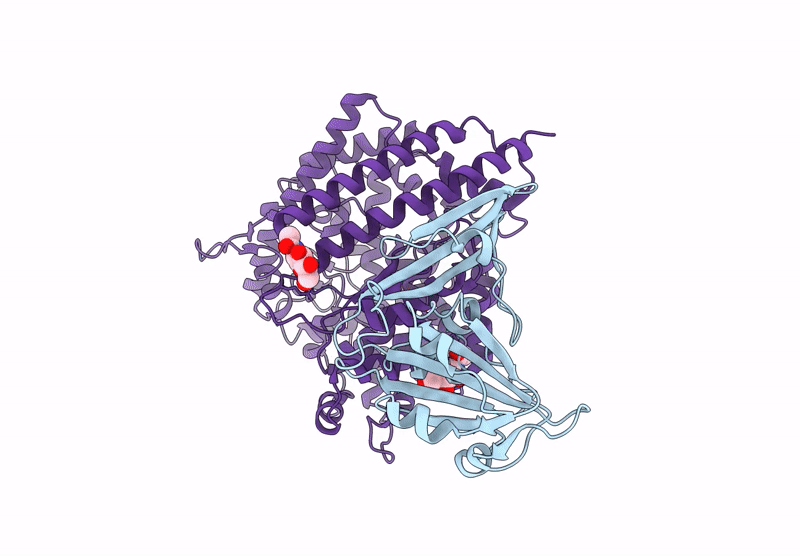
Deposition Date
2024-06-12
Release Date
2025-03-12
Last Version Date
2025-07-23
Entry Detail
PDB ID:
8ZWE
Keywords:
Title:
Cryo-EM structure of MRCoV RBD in complex with mink ACE2
Biological Source:
Source Organism:
Bat coronavirus HKU5 (Taxon ID: 694008)
Neogale vison (Taxon ID: 452646)
Neogale vison (Taxon ID: 452646)
Host Organism:
Method Details:
Experimental Method:
Resolution:
3.00 Å
Aggregation State:
PARTICLE
Reconstruction Method:
SINGLE PARTICLE


